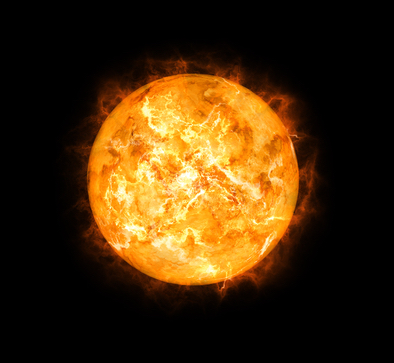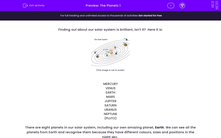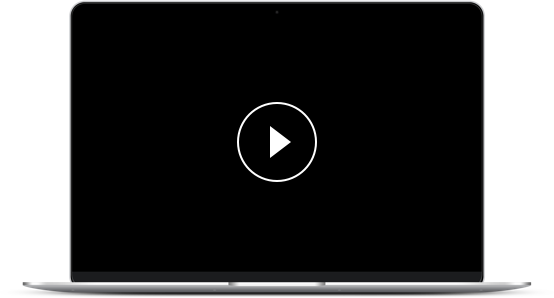We live on planet Earth, which is part of the Solar System.
Can you name any of the other planets in our Solar System?
You may have named the Sun, but the Sun is actually a star.

The Sun sits at the very centre of our Solar System.
The Earth and seven other planets all orbit (move around) the Sun.
The diagram below shows the Sun and the eight planets making up the Solar System.
.jpg)
Can you see they are all different sizes and some are closer to the Sun than others?
Saturn is made up of gas and has rings around it made from ice and rocks.
Earth isn’t the only planet with a moon - Neptune, Uranus, Saturn, Jupiter and Mars all have moons orbiting around them.
This model of the Solar System is called a heliocentric model.
Heliocentric means the Sun is at the centre (the Sun is in the middle of the Solar System).
Until the 1500s, people thought the Earth was at the centre of everything we could see in the sky.
Thanks to an astronomer called Nicolaus Copernicus, we now know that the Sun is at the centre of the Solar System.
Which Planets are Closest to the Sun?
It is helpful to know which planets are closest to the Sun.
We can use this handy mnemonic to help us remember the order of the planets from the Sun.
My (Mercury)
Very (Venus)
Excited (Earth)
Mother (Mars)
Just (Jupiter)
Served (Saturn)
Us (Uranus)
Nachos (Neptune)
There are two planets beginning with M, so make sure you remember that Mercury is closest to the Sun.
You may have heard of the planet Pluto. Pluto used to be classed as a planet, but is now only classed as a dwarf planet.
There are many other dwarf planets in the Solar System as well as asteroids and moons.
In this activity, you’ll be answering questions about the planets and how close they are to the Sun.
Let's get started.









